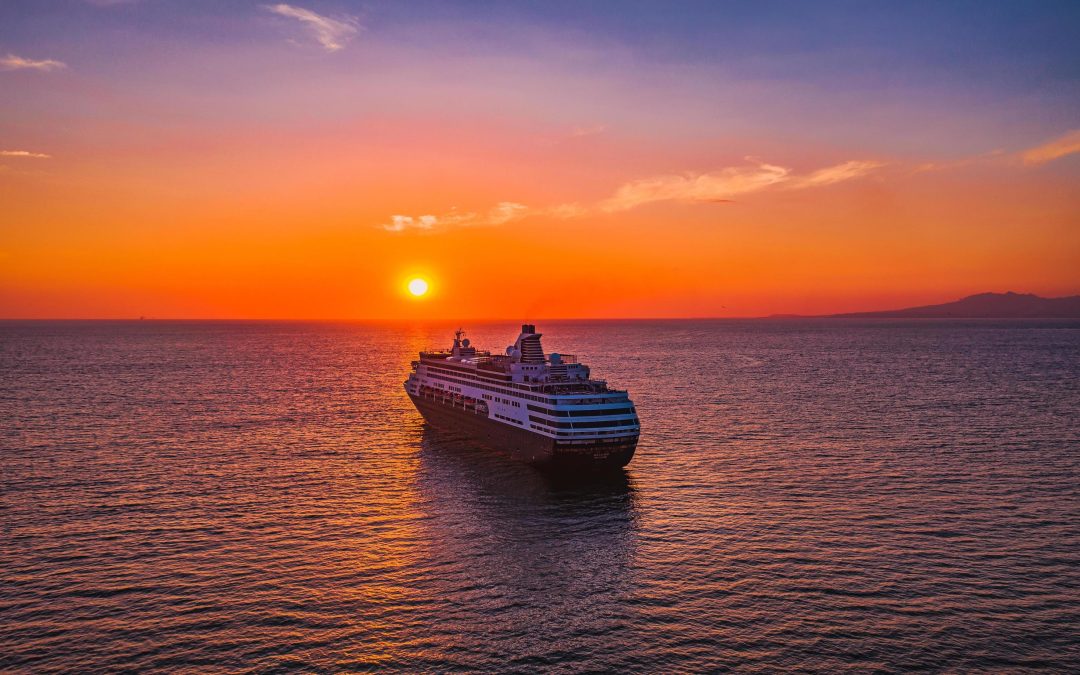In line with its focus on continuous improvement of its cloud-based Sea Navigator voyage-optimization solution, Weather news Inc launched two new integrated AI tools – the Berth Waiting Forecast for vessel operators and New Tonnage Finder for charterers – at a recent customer networking event in Copenhagen.
Berth Waiting Forecast
Leveraging AI predictive data for enhanced voyage efficiency and emissions reduction, the Berth Waiting Forecast enables customers to address the challenge of port delays resulting from adverse weather disrupting cargo handling.
The tool integrates AIS data from 70,000-plus ships, weather data, and historical delay comparisons and trends to provide real-time ship status and congestion forecasts up to one week ahead. It supports users in optimizing voyage plans and adjusting speed, thereby reducing fuel burn and CO2 emissions.
Waiting time is identified by analyzing vessels clustered within Weather News’ predefined port boundaries and calculated from average weekly values over the preceding month. The map zoom function provides a detailed visualization of vessels in the area.
The tool also provides a historical reference (the count of vessels in the past month) along with a forecast of vessels that will likely be on standby in the target area in the following week—by day and time of day. Forecasts are estimated based on historical waiting trends, past weather observations, and future weather forecasts.
New Tonnage Finder
Designed specifically for charterers to improve revenue by identifying best-performing vessels using real-time data and advanced ship-performance models, the tool leverages AIS data combined with global weather, hydrographic data, and ship-performance models.
The calculation methodology uses four key parameters: good weather average speed, good weather current factor, good weather performance speed, and good weather fuel consumption. Average speed from AIS data is extracted from set periods in which conditions comply with the good weather definition and combined with direction and speed corresponding to the current AIS position. The current factor is then calculated based on the relative direction of the vessel’s heading and current direction. This is subtracted from the average speed to give the vessel’s performance speed, while an Al model estimates fuel consumption based on individual vessel characteristics and its calculated average speed.
End-to-end solution
“These two new tools further enhance Sea Navigator where every competitive advantage counts, not only in terms of minimizing logistics risk but also operational costs and environmental impact. They enhance the already impressive predictive capabilities of the platform, which includes the Voyage Planner and CII Simulator, represents an end-to-end solution that covers all customer scenarios,” said Niels Christian Kjærgaard, Director of EU Business Development at Weather news.
Weather news 2.0 transformation
The Copenhagen networking event, hosted at the Djøf rooftop venue with stunning views of the Botanical Garden, King’s Garden, and Rosenborg Castle, also provided an opportunity to introduce Weather news’ new European CEO, Craig West, who shared insights into the company’s journey towards becoming a SaaS-driven business.
Looking to the future, he said increasing regulation and stakeholder influence will drive the need for improved efficiency, lower emissions, even greater optimization, and enhanced visibility, transparency and reporting of Scope 1–3 emissions, adding that transitional risks due to climate will increase the need for enhanced risk management and operational impact assessment in medium-term decision making.
Source: Hellenic Shipping News





